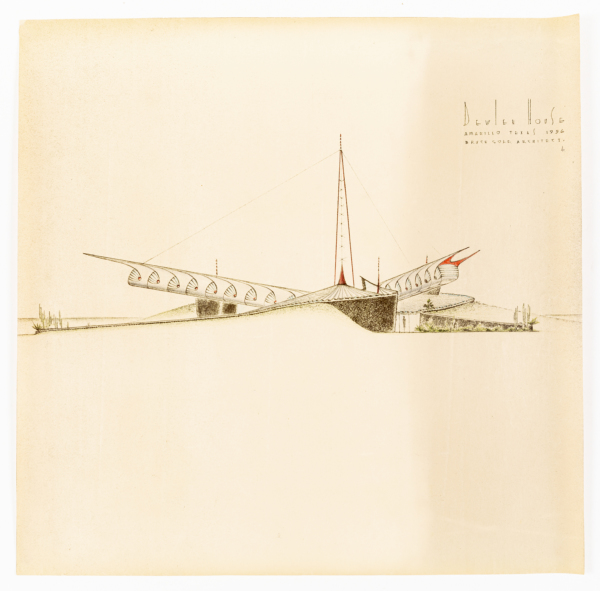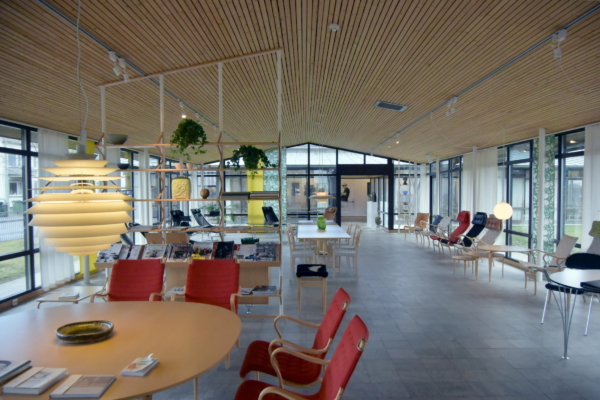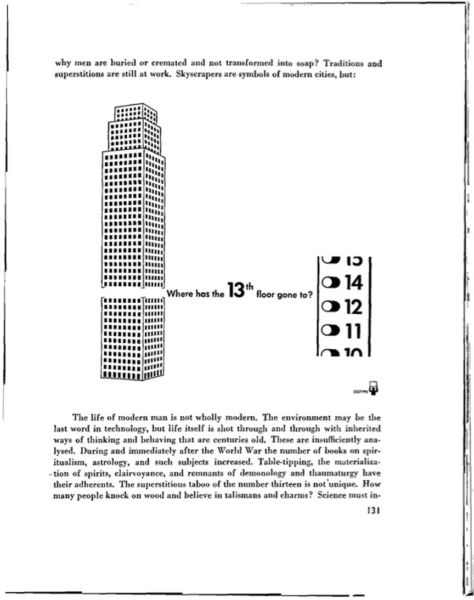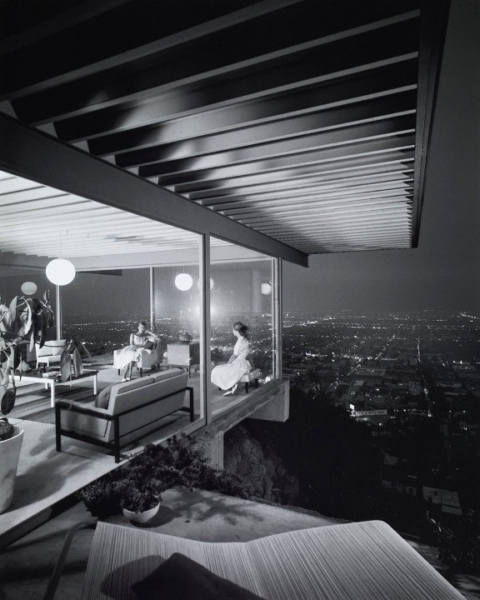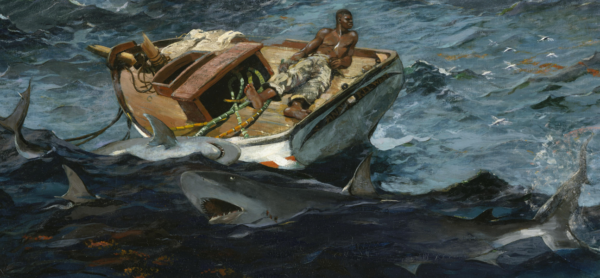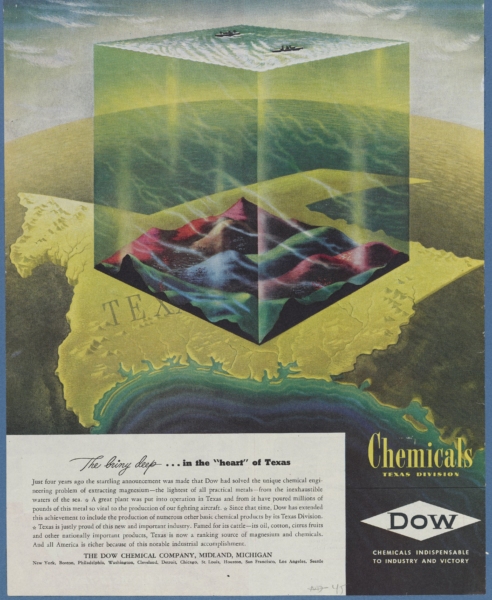
Development Film, 194X: Alden B. Dow, Lake Jackson, and the Infrastructure of the Petrochemical Good Life
By virtue of its organizational adjacency to his family’s company, Alden B. Dow’s amateur film—documenting a grand, labor-and-capital-intensive feat of wartime resource extraction—offers film and architectural historians a fascinating case study in infrastructural and extractive media. In this case, Dow Chemical’s Texas Division was both building and mediating infrastructure on several scales simultaneously: the production of vital Allied war materials, the provisioning of housing for defense workers, and more profoundly, the making natural and seemingly inevitable of the substrate of the postwar good-life in the products and byproducts of petrochemical modernity. In Freeport-Lake Jackson, modern architecture, moving-image production, and extractive processes of various kinds intersected in the production of value for both for Dow Chemical and Alden B. Dow himself. The result is an example of what I’ll call a “development film,” which bound filmmaking to the work of real-estate speculation.


